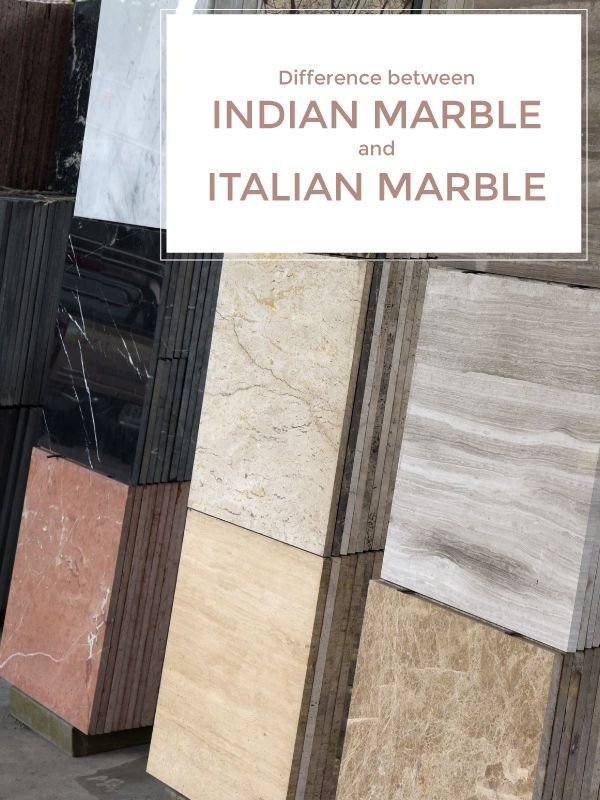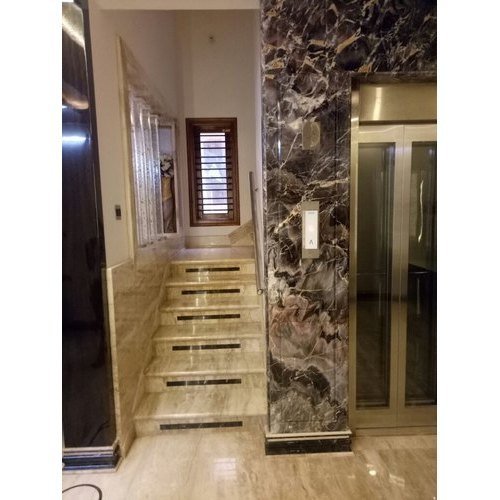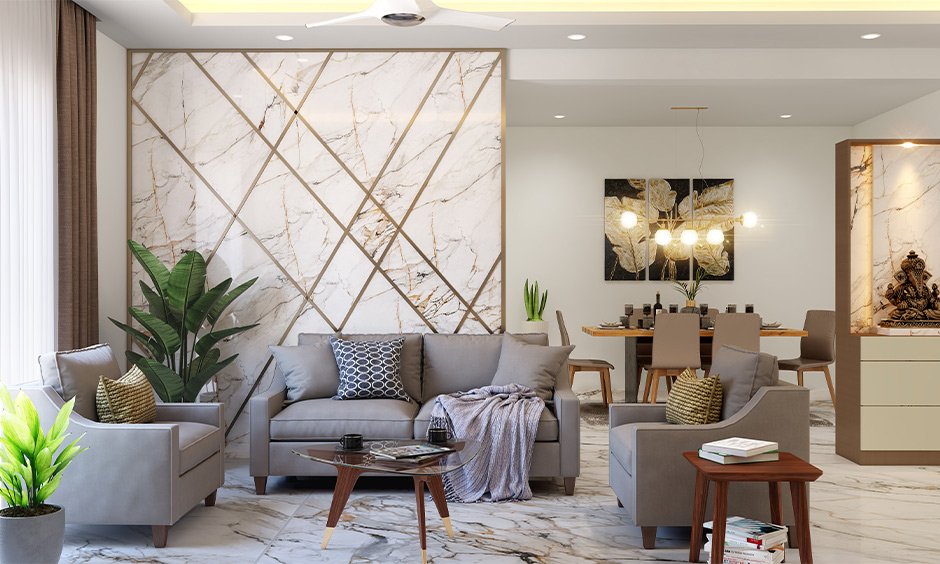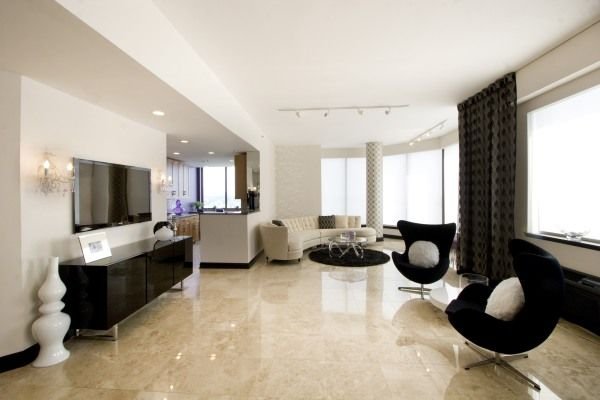INDIAN MARBLE VS ITALIAN MARBLE
DIFFERENCE BETWEEN INDIAN MARBLE AND ITALIAN MARBLE BY BHANDARI MARBLE GROUP
Whether used in living rooms, kitchen countertops, or bathrooms, marble has a timeless and elegant appeal. It has always been among the most preferred natural stones for home décor, and the most commonly used varieties are Italian and Indian marble. These natural stones are available in a wide range of colors and vein patterns, and to a layperson, the sheer variety of choices can be quite overwhelming. We bring you the lowdown on Italian marble vs Indian marble; including the various varieties, colors, and characteristics so that you can make an informed decision for your home.

Properties of Indian Marble vs Italian Marble
| Italian Marble | Indian Marble | |
| Source | Quarried from Italy | Quarried from Rajasthan, Gujarat, Andhra, and Madhya Pradesh in India |
| Lustre | Italian marble is very high-quality luster, pearly and luminescent | Indian marble is a medium luster as compared to Italian marble. |
| Colors | Italian marble is available in White, Grey, Blue-Grey, Rose, colors | Indian marble available in white, Grey, Deep Yellow, Green, Red, Black |
| Softness | Very soft | Comparatively harder |
| Thickness | Commonly available in 18-20 mm slabs | Available in various thicknesses, can go up to 30 mm |
| Polishing | Available as one side polished slabs | Polished or unpolished |
| Cost | Starts at Rs 350 per square foot | Starts at Rs 80 per square foot |
| Laying | Italian marble needs highly skilled craftsmen | Indian marble requires a lesser level of skills as compared to Italian marble. |
| Environmental concerns | As it is soft, it has a nylon backing and is treated with epoxy resins, matching pigments, and chemical resin sealers | No toxins or chemicals are used to reinforce stone as it is harder |
| Where used | High-end floors of living, foyer, staircases, tabletops. Not preferred in kitchens as it is very soft and can easily stain. | Indian marble is mostly used in bathroom walls and floors, kitchen countertops. |
Cost: Indian Marble vs Italian Marble
Marble from Italy is among the finest in the world and is accordingly priced—with the cheapest varieties starting from Rs 200 per square foot, and the more exclusive, fine stones costing even Rs 4000 for a square foot. Creamy Calacatta marble with its feathery veins and Carrara are classified as Group A. These are available only at the lower depths of quarries. They are highly-priced as they have very few fissures running through the stone. Indian marble is much more cost-effective, with the lower-end prices starting at Rs 150 per square foot.

Cleaning Tips: Indian Marble Vs Italian Marble
Marble is a stone that requires a high degree of maintenance to keep it looking good. Its porous nature makes it very prone to scratches and stains, and such imperfections show up all too well against a polished surface. Here are some maintenance tips:
- Acidic substances like vinegar, lime, and tomato will stain the marble, so wipe up any spills immediately.
- Use diluted organic cleaners that are environmentally friendly and do not contain any chemicals.
- Seal the surface regularly with a sealant that forms a protective barrier. When water stops beading on the surface, it’s time to re-seal.
- Every few years, marble should be re-polished with carborundum stone and tin oxide, to restore the surface lustre.
- The water used for mopping the floor should not be hard or contain any chemicals.

What are the different types of Indian and Italian marble?
- Indian marble comes in a wide range of colours and varieties, such as white Indian Statuario marble, white Banswara marble, Jaisalmer stone or yellow marble, Udaipur green marble, Jodhpur pink marble, Abu black marble and so on.
- The most common types of Italian marble include Italian Botticino, Perlato Sicilia, Nero (black) Marquina, Rossa Verona, Crema Marfil, Carrara marble and Statuario (seen in this living room).

Marble Types and Colours Available in Market
Indian marble comes in many unique colors. Makrana marble and Rajnagar marble are available in shades ranging from pure white to grey, with distinctive patterns and grains. Andhi Marble is famed for its creamy pasta green color, while Jaisalmer marble is characterized by its warm, deep yellow tones. Silky black marble is obtained from Abu. You can find Bidasar marbles in shades running from deep green to muddy brown. Lovely pink marble is obtained in Jodhpur, which sometimes has grains of grey and white running through it. Italian marble is known for its fine veins and a lustrous sheen. The most well-known varieties are the white or blue-grey marble from Carrara, the pearly shades of Botticino, and the creamy white Pavonazzetto or Red Verona.

INDIA’S TOP AND WORLD’S BEST MARBLE, GRANITE AND STONE COMPANY
ADD BY EXPERT AND EXPORT TEAM OF BHANDARI MARBLE GROUP. CONTACT US ON; 9672941111.
Comments
Post a Comment